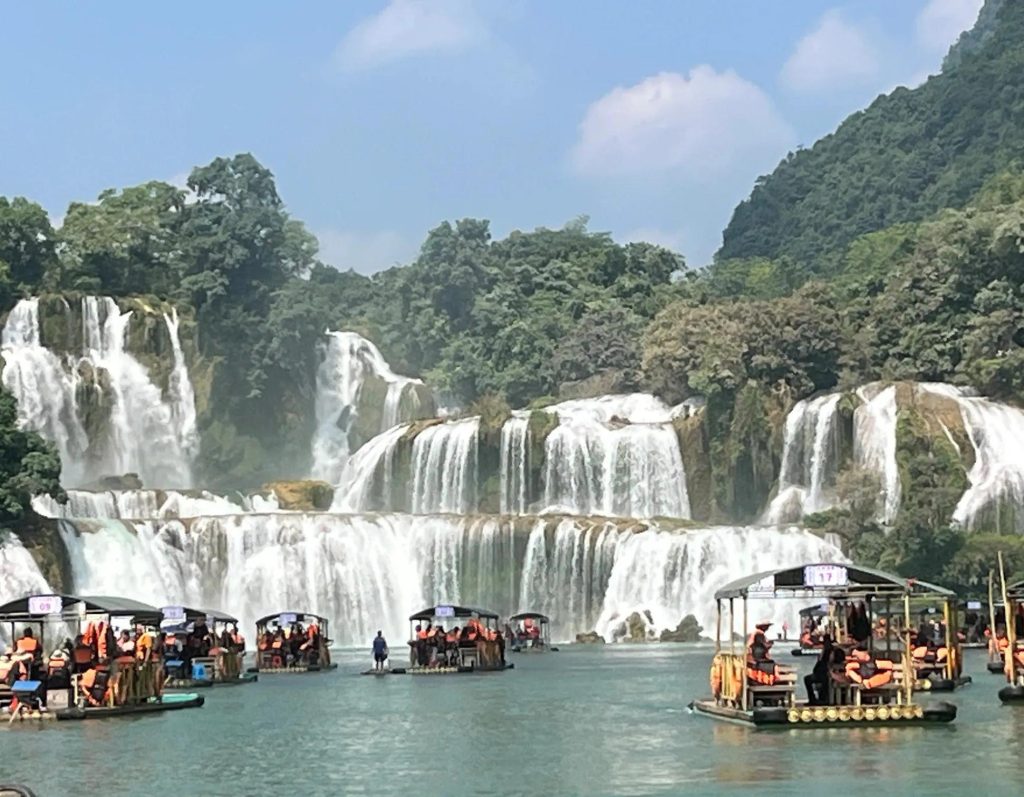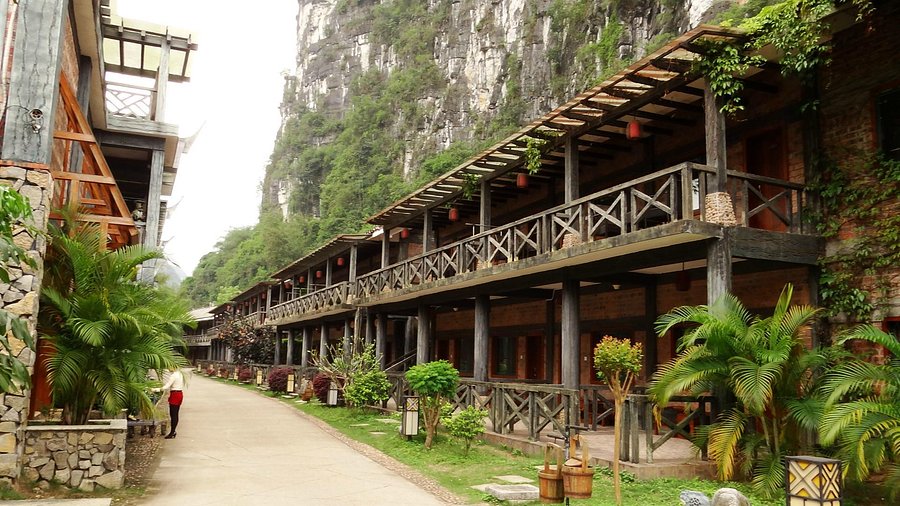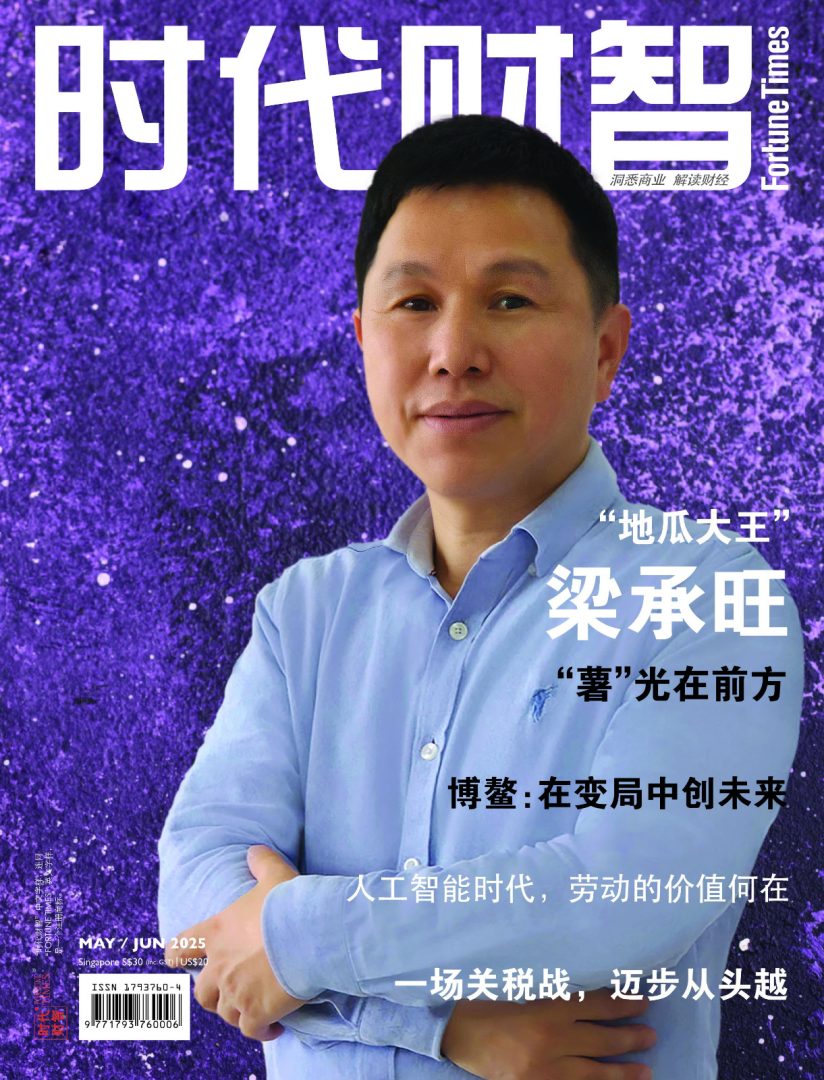(Singapore, 26.08.2025)In the golden hues of late summer and early autumn, the idyllic landscapes of Kanxu Township in Daxin County, Chongzuo, Guangxi come alive.
At the Mingshi Village National Tourism Resort – hailed as “A Landscape Gallery at Sino-Vietnamese Border”- endless rice terraces stretch beneath karst peaks and rustic villages, painting a breathtaking pastoral masterpiece.
Once an obscure border town, Daxin has emerged as a sought-after destination since the 5A-Level Detian Transnational Waterfall Scenic Spot began drawing visitors.
Beyond waterfall viewing, its frontier pastoral landscapes have also become equally cherished. “Urban dwellers drive here to escape fast-paced city life and unwind for days amidst slow-living charm,” says Li Xinghua, Deputy General Manager of Daxin Mingshi Tourism Development Co., Ltd.
During summer vacation, most visitors to Mingshi Village National Tourism Resort come from the Pearl River Delta and Yangtze River Delta regions, while winter also attracts many tourists from northeast China.

Mingshi Mountain Villa is one of the earliest developed hotel properties in the region. Li Xinghua notes that 80% of the hotel’s staff are local hires, with villagers supplying homegrown produce to the hotel – significantly boosting their income.
With the growing number of tourists, some villagers have begun operating B&Bs (bed and breakfast) using their own houses. Currently, there are over 100 hotels and homestays in the resort area.
“We have integrated the local ‘Na Culture’ (rice-farming culture) to create a comprehensive rural community featuring diverse offerings – from premium accommodations and distinctive dining to outdoor countryside experiences, rural camping, cultural heritage activities, and community-based creative workshops.
This allows visitors to immerse themselves in ecological paddy fields and reconnect with nostalgic memories of rural life,” said Yin Qiulu, the operations manager of Mingshi Nali Rural Community.

The community encompasses over 130 mu of contiguous rice fields, presenting year-round picturesque landscapes. Visitors can witness the Heiyizhuang farmers’ “farming-themed fashion shows” and participate in planting/harvesting activities to experience agrarian joys.
According to project details, the Mingshi Nali Rural Initiative has consolidated underutilized land and assets in Mingshi Village, generating multi-tiered economic benefits: the village collective economy now receives annual “dividend payments” exceeding RMB 100,000 (approximately SGD 18,630)through equity participation; farmers earn RMB 1,000+/mu/year in rental income by leasing farmland to the project; farmers employed by the project achieve doorstep employment, creating a multi-stakeholder win-win scenario.
Near the Mingshi Village National Tourism Resort, the newly emerged Blue Hole Coffee Scenic Area in Shuolong Town, Daxin County has become a magnet for young travelers.
It offers unique attractions like sightseeing along the “Narrowest Sino-Vietnamese Border River” and savoring coffee with views of transnational waterfalls, creating a viral social media hotspot.
This development has revitalized over 100 mu of land and barren hills in Gutun and Longhongtun, Shuolong Community, potentially generating nearly RMB 200,000 (around SGD 37,200)in annual collective economic income for both villages and creating 20 local jobs.
The developers of the scenic area have actively engaged with local villagers, providing nearly 10 mu of paddy field at no cost, while also improving irrigation systems and fostering mutually beneficial cooperation with border residents to promote rural revitalization.
Nong Meimei, Deputy Director of Daxin County Bureau of Culture, Tourism, Sports, Radio and Television, emphasized that the county is fully leveraging the resource advantages of the China-Vietnam Detian (Ban Gioc) Cross-Border Tourism Cooperation Zone.
By integrating natural landscapes, ethnic cultures, and border customs, Daxin County aims to create a tourism belt that showcases the unique charm of the China-Vietnam border.
This initiative seeks to develop diverse tourism experiences that combine intangible cultural heritage + tourism, festive culture + tourism, sports events + tourism, enriching the variety of available tourism products.
In the first half of this year, Daxin County welcomed 5.7426 million domestic tourists, generating nearly RMB 5.9 billion (around SGD 1.097 billion) in tourism revenue—both figures reflecting over 20% growth compared to the previous year.
The county has hosted travel agents from Thailand, Vietnam, Australia, and other countries to explore its various attractions, further enhancing its international appeal.





































